SEVEN STEPS TO A GENDER ANALYSIS
The key steps to a gender analysis are described in detail in the charts below. The Jhpiego Gender Analysis Toolkit focuses principally on Steps 4 and 5 below—the identification of critical information gaps and the development and implementation of a data collection plan. The Toolkit uses the GAF to organize questions for collecting information on gender relations and roles in the context of health programming.

Develop a data collection plan linked to project objectives to answer the questions:
- How will anticipated results of the work affect women and men differently?
- How will the different roles and status of women and men affect the work to be undertaken?
The plan should include a data collection matrix, which includes the gender-related research questions to be asked, the data to be gathered, source of the data, who will collect it, methods for data collection and analysis, and how the information will be used.
Conduct a search for gender-focused published and unpublished studies and sex-disaggregated databases related to the objectives of the project.
SECONDARY DATA
Use the GAF, which is composed of four domains (access to assets, beliefs and perceptions, practices and participation, and institutions, laws, and policies, with power cross-cutting the four domains), to organize information about gender differences from existing sources. Assess whether the existing information is adequate for the project context to understand how health program objectives may be affected by gender difference and inequalities in the following areas:
- Differences in women and mens’ access to assets, resources, and health services.
- Differences and inequities in women and mens’ use of time between paid, unpaid, and volunteer labor and care-taking responsibilities in the household and community.
- Differences and inequalities in leadership roles, decision-making, and legal status.
And, assess how potential differential effects of health policies and programs on women and men, including those that are unintended, may negatively or positively impact women and mens’ opportunities, health, socioeconomic status, and wellbeing.
If the initial review does not satisfy the criteria in Step 3, identify what information is lacking and develop a data collection plan. In addition to gaps in the available information on gender issues related to the project, there may be contradictory findings that require further investigation. The choice of methods and the number of topics explored may be constrained by the available budget. It will require prioritization of topics based on an assessment of their relevance and potential impact on the projects’ objectives.
DATA COLLECTION PLAN AND INSTRUMENT
The current toolkit provides a guide for developing research questions and selecting research methods. The illustrative questions by domain indicate the type of information that needs to be collected, although the project objectives and focus will determine which of the illustrative questions are most pertinent. Some of the questions are more appropriate to investigate through quantitative methods and others through qualitative methods. The annotations of different quantitative and qualitative methods are included to provide assistance with the selection of methods appropriate to the task. Gender focused questions can be incorporated into existing instruments (see Yemen Quality of Care and Knowledge, Practices & Coverage (KPC) examples in Annex III ) or applied in complementary qualitative or quantitative research.
ANALYSIS
Gender-focused data can be analyzed using standard quantitative and qualitative analytical methods. What distinguishes the analysis is the focus on data linked to the GAF domains. The analysis should be designed to compare information about men and women, about different categories of women and men (e.g., by ethnicity, sexual orientation, age, class, caste, residence, and race). These comparisons should reveal where there are gaps and inequalities that are likely to affect women’s or men’s participation rates, leadership, access to services, uptake of healthy behaviors or treatments, or that subject men or women to differential risks and vulnerabilities affecting their health. The analysis should also provide understanding of why these gaps and disparities exist and how they affect men’s and women’s opportunities and aspirations.
ANALYSIS
The final step in the gender analysis examines how the identified gender differences limit or facilitate desired changes in health knowledge, practices, and access to care from the user’s perspective. The analysis serves to identify gender-based constraints and opportunities that have the potential to either impede or facilitate (also referred to as gender determinants of health) achievement of health objectives. For example, in many places, women are constrained in receiving skilled care in delivery because they do not have power to make autonomous or joint decisions about their health care.


